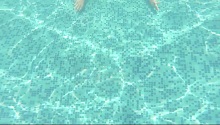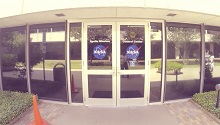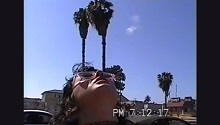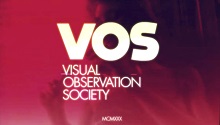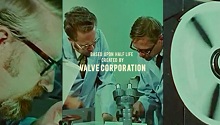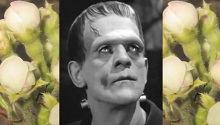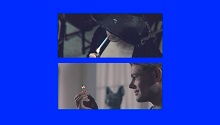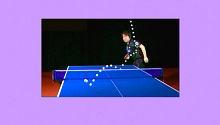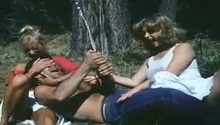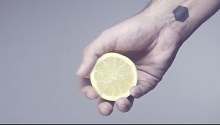VENÍ
Vení is a graphic design and animation studio made up of Fran Asensio and Gabriela Ovando. The studio came about in 2011 in Madrid in response to our need to create much closer and more user-friendly concepts and creativities for our clients. In these five years we have grown, evolved and experimented with new visual languages. In early 2014, we moved to Mexico City to continue feeding our creativity and our thirst for adventure!
Fran also has a creative project of his own called Tropical, which experiments with different artistic styles and disciplines. This year he was one of the artists chosen to present the OFFF México Festival 2015.
www.veni.es
“Nothing is original. Steal from anywhere that resonates with inspiration or fuels your imagination. Devour old films, new films, music, books, paintings, photographs, poems, dreams, random conversations, architecture, bridges, street signs, trees, clouds, bodies of water, light and shadows. Select only things to steal from that speak directly to your soul. If you do this, your work (and theft) will be authentic. Authenticity is invaluable; originality is non-existent. And don’t bother concealing your thievery. Celebrate it if you feel like it. In any case, always remember what Jean-Luc Godard said: ‘It’s not where you take things from—it’s where you take them to.’ ”
Jim Jarmusch, The Golden Rules of Filming
In the 1960s, artistic trends such as Fluxus promoted a model of art that was inherent to life and the everyday—their art ceased to imitate life to become life itself. This change of paradigm inevitably prompted a reconsideration of the concept of the creator and the creative process. This then challenged the idea of the artist as a genius and, in the process, many other things—things to do with background, form, the work, influences, the author, the mediator, the spectator and the relation between them all. Fifty years on, now well into the 21st century, many of these ideas are still in force, similarities are inevitable, and History is packed with echoes that persist, constantly modified with passing time but, in most cases, retaining an essence that persists and becomes enduring sediment.
Art is not just imitative, it is also (and above all) interpretative, reflective and propositional. Because, as Georges Didi-Hubermann said, “there exists no image that does not simultaneously implicate gazes, gestures and thoughts. […] All images of the world are the result of a manipulation, of a concerted effort in which the human hand intervenes.” What we sometimes consider imitation implicates many other things, which may not always be evident, though they are inevitable. Such as the fact that this art is always related to its context though it may be possible to extrapolate it to others; that it draws on the circumstances that are constantly generated around it; that it relates with other disciplines and is contaminated by them; that it is subject to the vogues, fluctuations and impositions of the market, yet survives and reinvents itself; and that it changes, evolves and transforms, like the society that created it.
The words of Jim Jarmusch that head this text are cited in reference to filmmaking, but they can be extrapolated to other fields such as literature, the visual arts or design. The videos by graphic design and animation studio Vení display this liking for disciplinary contamination. On the one hand, in a formal resolution that mixes various techniques of digital animation, 3D, collage and appropriationism. On the other, in their use of an imaginary based on popular culture (El ABC de México), cinema (VOS, Half Life, Love Beyond the Grave, Guapa-guapa), pop music, the eighties, a reinterpretation of travel books (Puerto escondido, Houston, En Baja) or even paranormal phenomena or the cut-price magic that takes no pains to hide how it works (the credits of Cook Book Magazine, Alquimia, Un año con Vení). Videos in which creativity makes its way through an assortment of procedures and appeals to the viewer’s empathy by using these iconographies of the everyday that are such an integral part of our everyday lives.
Marla Jacarilla (visual artist and writer)



